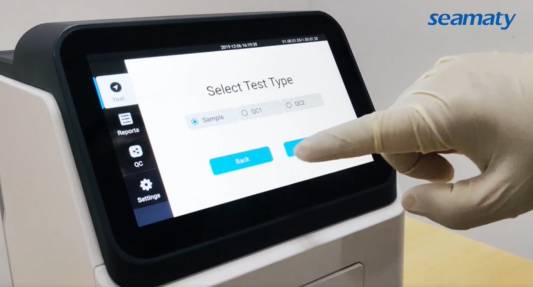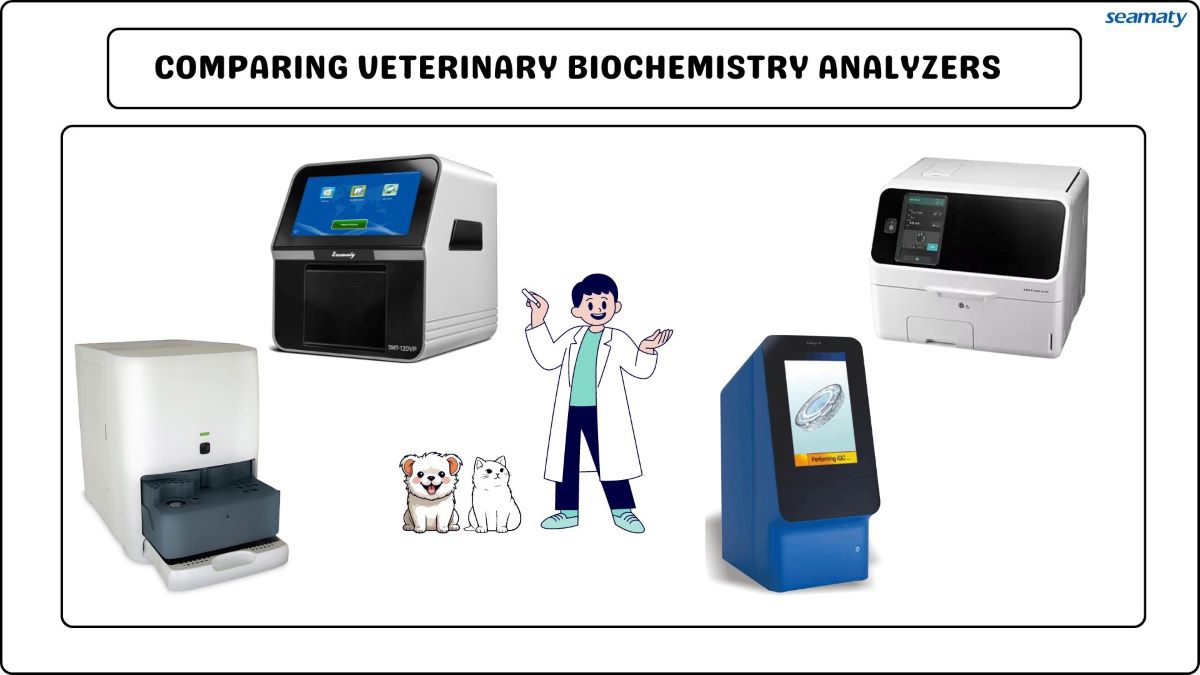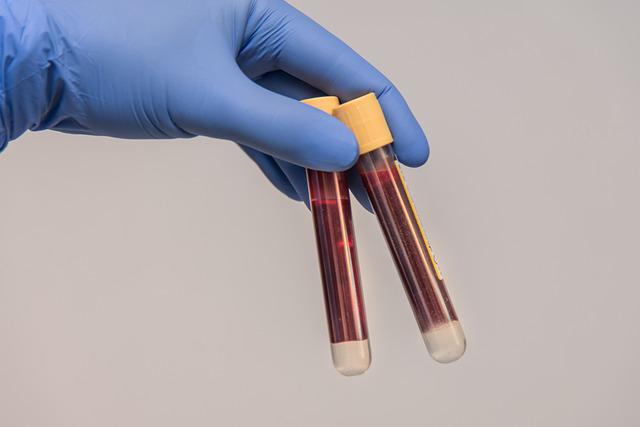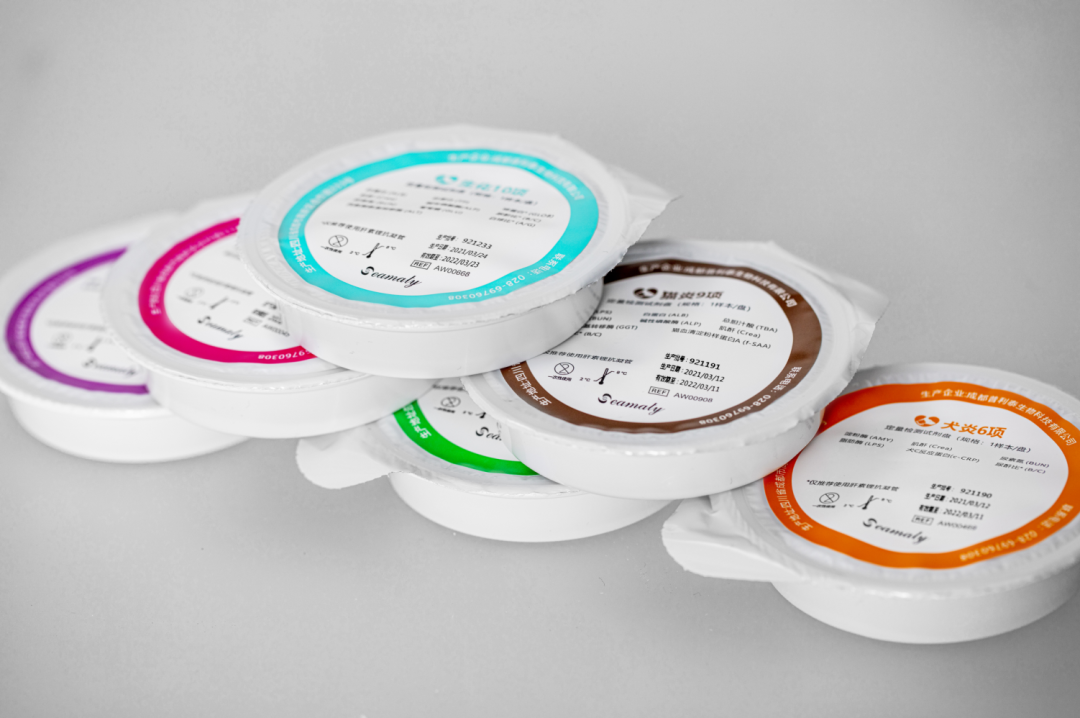Fully automated biochemistry instrument are widely used for their speed, accuracy and economic efficiency. Among the many brands of fully automated biochemistry analyzers, most biochemistry instruments use reagents of open type. As a result, there are different reagents produced by different manufacturers for different tests. This, combined with incorrect operation in daily work, results in unexplained test results (except for the disease itself and medication factors) for the same patient several times in the same days. What can be done to ensure the quality of the test for the sample being tested?

(1) Proper collection of patient blood samples
Collect the patient's blood early in the morning with a vacuum blood collection tube. Fasting for more than 12h in a sitting position to take 3mL of venous blood placed in a 37 ℃ water bath for 1h, put into a centrifuge at 4500 rpm for 5min (serum should be free of hemolysis, celiac disease and fibrin filaments), before the determination.
(2) Various reagents are forbidden to be renewed all year round
Various liquid reagents used on the machine are in the instrument reagent compartment. Because the cap of the reagent bottle has been removed, the stability and bioactivity of the reagents and other indicators decline rapidly. Long-term refill of reagents will dilute the new reagents due to the remaining nearly invalid or invalid reagents, so that the quality or biological activity of the newly added reagents will be reduced or even invalid. Doctors should add more reagents according to the number of samples in their daily work. Discard the residual reagent in the bottle before adding new reagents.
(3) Reagents of the same brand and different batches should not be mixed
The quality of reagents of different batches of the same brand is not the same. There are differences in the activity of reagents, and the quality of reagents of the same brand and different batches cannot fully meet the standard requirements.
(4) Re-calibrate the reagents after refilling, and use the standard solution immediately after opening
The stability and biological activity of the reagents are changed after the reagents are added. If not re-calibrated, the test results will be high or low. After the reagent is added, the item must be re-calibrated.
(5) different manufacturers of reagents banned the same standard solution calibration
Different manufacturers of reagents, although their
analytical methods are the same, but the amount of various components in their reagents are not exactly the same, the standards used should be different. So the reagents produced by different manufacturers for the determination of the same components in the sample are configured with standards. Only if the reagents match the standards, the measured components in the samples measured after calibration can be close to the true value.
(6) quality control must use high, medium and low values
The quality control is a measure to evaluate the accuracy of the samples measured every day. In the daily measured samples, there are high, low and medium measured components. The corresponding QCs also have high, low, and medium values. At the same time, before, during and after the measurement process should have high, medium and low values of quality control samples. Only in this way can we ensure that the results of various measured components in each sample are true, valid and reliable.
(7) using fresh distilled water to dissolve dry powder standards, quality control products
Deionized water used to re-dissolve dry powder standards and quality control products should be freshly prepared from the water machine. If you use the water placed in the exposed air for many days, because it dissolves many air soluble gases and dust, used to dissolve dry powder standards and quality control products will change the chemical properties and physical properties of standards and quality control products.
(8) The colorimetric cups should be re-calibrated after cleaning with cleaning solution and photoelectric calibration to determine clinical samples.
After cleaning, the light transmission and uniformity of each colorimetric cup have been improved. The measured values of various blanks have been changed accordingly. Only after the recalibration of each test item can be used for the determination of clinical samples.
(9) Good maintenance of the biochemistry instrument
Strictly follow the operation and use procedures of the instrument and do daily, weekly, monthly and quarterly maintenance. Determine the cup blank every week. If any colorimetric cup error is detected, take out the corresponding colorimetric cup and wipe its optical surface with wiping cloth, and then do photoelectric correction for the wiped colorimetric cup. If there is still an error, replace it.
The above are 9 tips on improving the quality of biochemical instrumentation testing. I hope it will be helpful to you.
Seamaty portable automatic biochemical instrument, no sample pre-treatment, no need to add diluent. sd1 biochemical instrument internal no liquid circuit, pump valve and other wearing parts, single-person reagent tray supporting the use of cleaning-free, maintenance-free.



